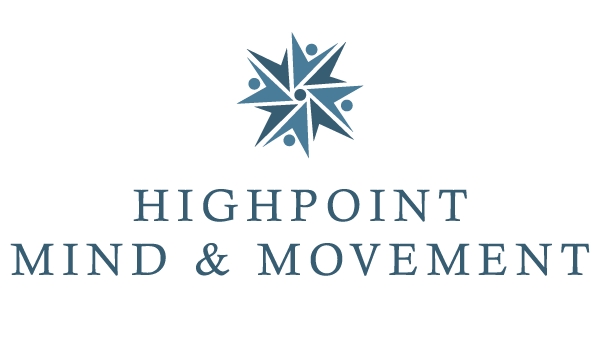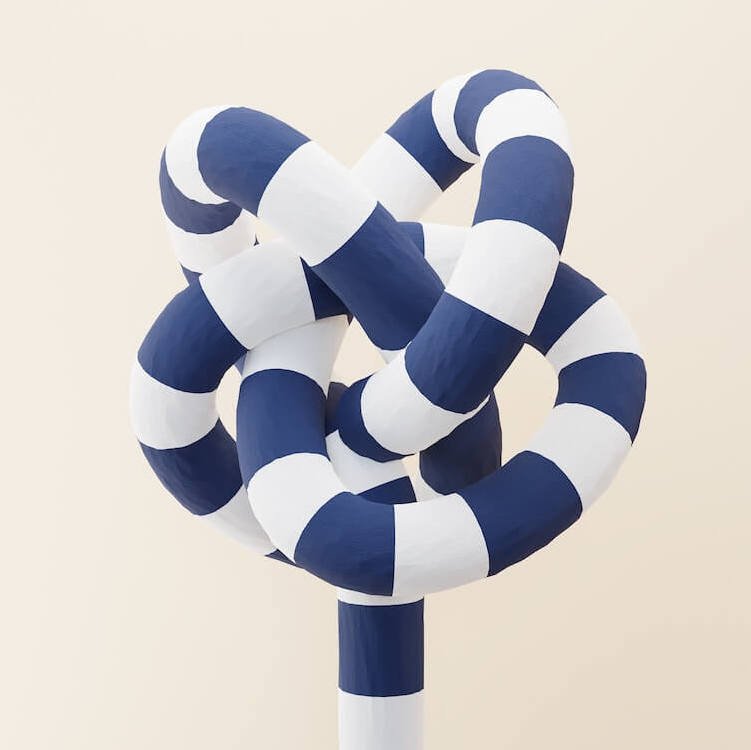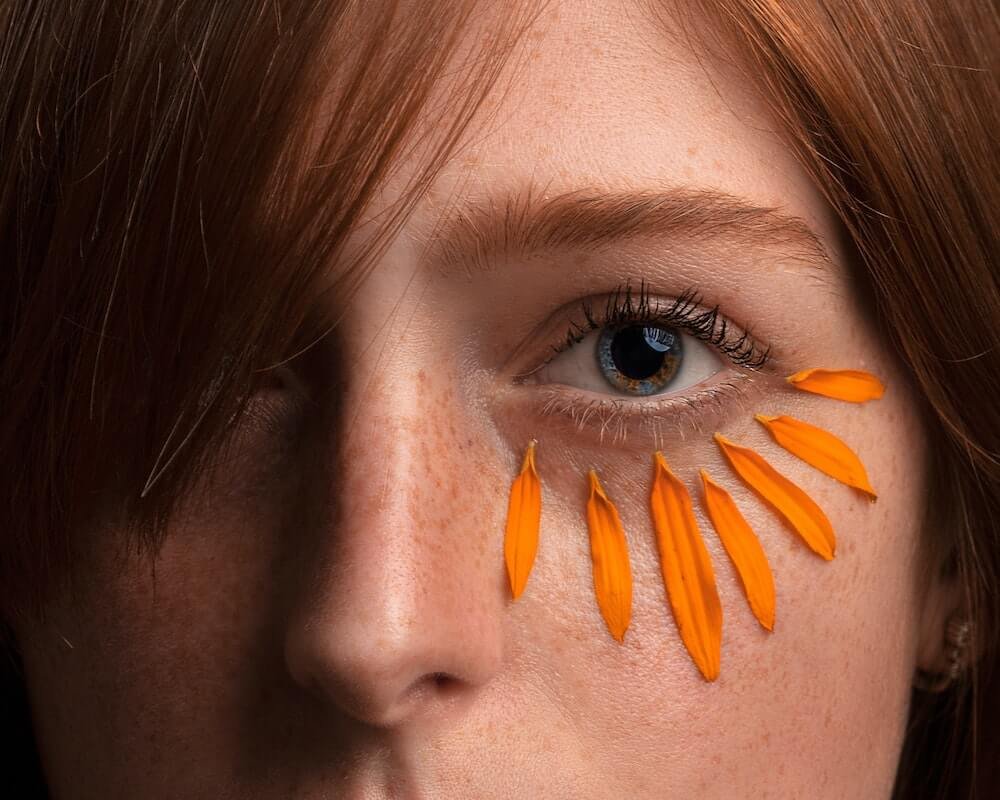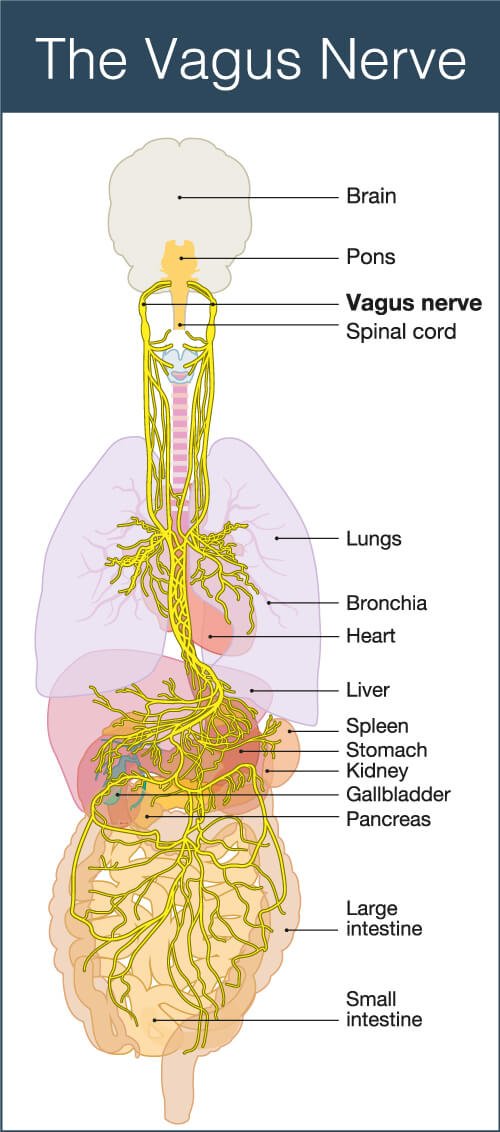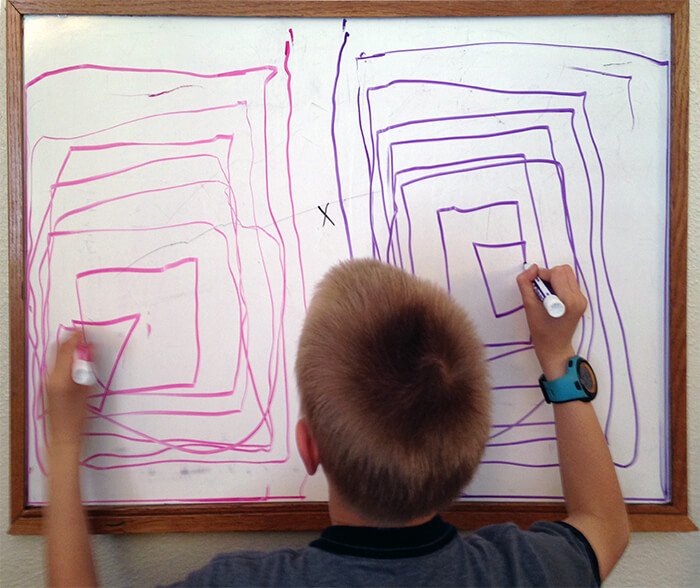
Welcome to my Blog
Here you’ll find articles on the wonders of the brain-body connection and the benefits of somatic therapy and movement for whole brain integration. Grab a hot cup of tea, settle in, and allow me to share how simple movements and small shifts in thinking can change your life. Would you like to receive new articles in your inbox? Sign up for my quarterly newsletter!
Resolving Inner Conflict
We have all experienced inner conflict in some form. This is often called self-sabotage, and it can keep us stuck and unable to achieve what we want. The Parts Integration technique is a powerful and effective way to resolve conflicting thoughts, feelings, and behaviors. By bringing us into a congruent state we are then able to move forward.
PACE Yourself to Improve Mood, Concentration, and Focus
Let me introduce you to a series of four simple movements to reduce stress in your body and improve connections in the brain. Combining elements of physical therapy, yoga, acupressure, and the Chinese meridian system, the PACE sequence of Brain Gym® activities improves mood, increases concentration and focus, calms emotions, and supports the skills needed for academics.
Eye-Opening Possibilities for Balance, Brain Health, and Emotions
What our eyes do goes far beyond vision – they play a significant role in our balance, cognition, brain health, and emotions. How we move our eyes both affects and reflects various aspects of brain function. Over the last two decades, eye movements have become a popular technique in therapy to reduce stress, eliminate traumatic reactions, to regain good physical balance, and to improve cognitive functioning.
The Tendon Guard Reflex – Understanding our Protective Reflex
The Tendon Guard Reflex is an instinctive reaction to a perceived threat. When it is activated, it triggers a sequence of muscular contractions that begins in the big toe and goes all the way up to the back of the head. If this reflexive pattern is habitually in the “on” position, we may suffer from a multitude of issues, including emotional insecurities, cognitive challenges, and changes in posture and balance.
The Power of the Vagus Nerve: Renewal, Regeneration, and Connection
The vagus nerve is a powerful force in our life. It affects how our body functions on a daily basis and how well we recover from illness, accident, stroke, and brain injury. Strong “vagal tone” can improve overall health and recovery and regeneration after shock and trauma.
Cursive or the Keyboard – The Great Debate
The keyboard has overtaken pen and paper. The time-consuming instruction of cursive handwriting takes away valuable time needed for the “more relevant” skills, like technology. While it is true that the keyboard is much easier and faster, what is the cost? What are we losing? We are not yet sure, but early research indicates that we might be losing quite a lot.
Music, Rhythm & the Brain
We think a lot about exercising our bodies and fret over whether or not we are doing the right kind, in the right way, and enough. But we rarely think about our brains needing exercise. After all, we use them all day long. Isn’t that sufficient? No, actually, it’s not.
Activating the Brain through Doodling
The Double Doodle is a fun, playful brain exercise that develops bilateral integration of our brains to develop our ability to cross the midfield of our body. It strengthens coordination between the left and right sides of the brain and body allowing a child to develop fine motor skills and to read and write more easily. Children with learning difficulties benefit greatly from this simple exercise.
The 9 Essential Elements of Balance
Moving with comfort and confidence, feeling stable, and regaining our balance quickly to prevent falls allows us more freedom and more choices in our lives. The 9 Essential Elements of Balance offer a pathway to this independence. Simple and yet powerful, these concepts and techniques calm us, stimulate and energize our brain, and develop our coordination.
Cross Lateral Movement – Power Up Your System!
Movement is integral to our physical, intellectual, and emotional life from the moment of conception. The most fundamental aspect of our movement experience is the ability to cross the midline – the vertical axis around which our body is oriented. This capacity is vital for our success in school, work, and relationships. What happens when someone is unable to cross their midline?
Movement Therapy Goes Mainstream
A growing body of research over the last two decades has brought us new knowledge and a deeper understanding of how intimately connected our minds and bodies are to each other. Many in the counseling community are now including movement in their practices as a means of healing emotional disturbances because traditional counseling is often unable to fully resolve trauma, anxieties, depression, and confusion. Movement therapies are now used as adjunct treatments and sometimes as the primary treatment itself.
Clearing the Way for Whole Brain Function
Proper brain function requires constant removal of metabolic waste – substances left over from normal cellular processes. By removing these surplus and some times toxic substances, communication between neurons can remain strong. A clean, resilient brain can much more easily connect all of its parts for whole brain functioning.
The Psoas Muscle – A Key to Good Balance
You may be unfamiliar with it, but it is one of the most essential muscles in our bodies – the Psoas (so-az) Muscle. The Psoas drastically impacts our health and well-being, from our stability and balance as we walk, bend, and turn, to the way we feel emotionally.
